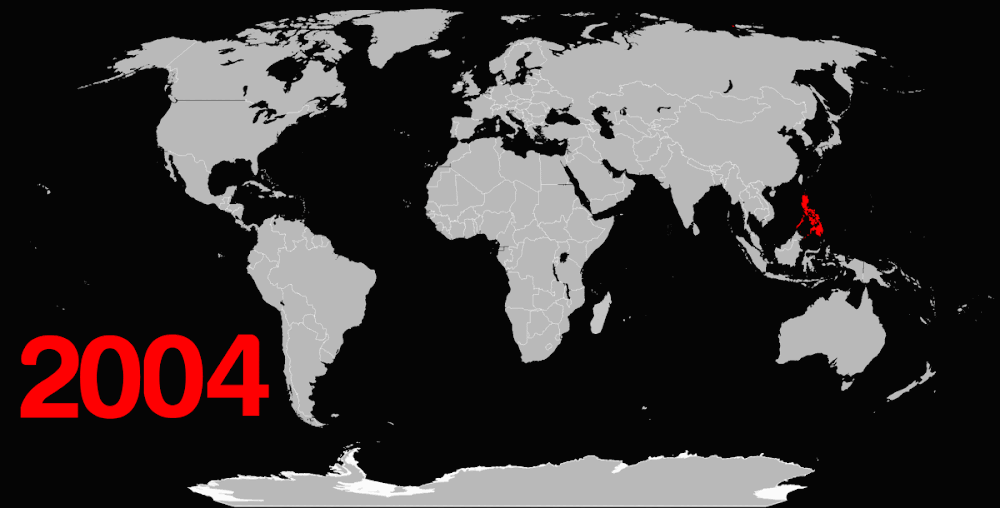The book I am using is Contemporary
Japanese Vol. 1 by
Eriko Sato from the Tuttle Language Library. Volume
1 of the book has 61 lessons. Target end date is March 20, 2012.
MONDAY: Lesson Twenty One – An Overview of Japanese Verb Conjugation
And so we’ve reached that part where
we have to conjugate Japanese verbs. How scary. It’s inevitable though, and
better to deal with it now than regret it later. Basically there are two types
of verbs in Japanese: the –ru verb and the –u verb. It’s really strange because
there are Japanee verbs ending in –ru but are actually –u verbs. Come to think
of it, all of them are –ru verbs because they technically end in –u!!! Don’t
you agree? But rules are rules, so let’s go down to business. It’s the same
concept, get rid of the ending, which means throwing either –ru or –u out of
the window. What’s left would be what they call the “root form”. There is
another one called the “stem form” which is almost always the root form + -i.
Sometimes when the “root form” ends in –e, it would also be the “stem form” like
the case in TABERU. Get rid of the –ru and that leaves you with TABE- which is
both the root form and the stem form of this verb.Let’s have a different
example: SHINU, a –u verb which means “to die”. Harsh. The root form would be
SHIN- once you get rid of the –u but the stem form should be SHIN-I- so you add
an –i.
TUESDAY: Lesson Twenty One – An Overview of Japanese Verb Conjugation
What do you do with the root form and the stem form
then? Well, the dictionary form of the verb, which means that version of the
verb with the –ru and –u still attached are actually the plain present
affirmative form. What the hell does that mean? That means you could use it as
is to people you are close to. If you are just talking to your sister or your
friend and there is no need to be polite, just use it. 私は 行く means “I
go” but if you want to mean the
same thing but you are talking to someone that you have to respect, you have to
use the stem form (the one ending in either –e or –i) and –masu to be polite.
So to a superior you would say私は 行きます. Okay. What about the root form? You add –nai or –anai
to the root form for the plain present negative. If you are telling your sister
that you are not going, there is no need to be so polite so instead of saying行きません (the negative of行きます) you could just say 行かない which is
the opposite of行く. I know it’s hard. Information overload. Let’s try to
summarize. If there is no need to be polite, go vs. don’t
go would be: 行くvs. 行かない. If you are talking to your boss, go
vs. don’t go would be: 行きますvs. 行きません.
WEDNESDAY: Twenty Two – 今日はクラスに行きますか
Let’s focus on
the three verbs of movement for now. 行く is to go and it is
regular. Rejoice! Affirmative conjugations are 行く and 行きます. Negative conjugations are 行かない and 行きません. くる is to come and it is irregular. Boo! Affirmative conjugations
are くる andきます. Negative
conjugations are こない andきません. 帰る is to return and it is regular. Yahoo! Affirmative conjugations are
帰る and帰ります. Negative
conjugations are 帰らない and帰りません.
THURSDAY:
Lesson Twenty Two –今日はクラスに行きますか
Friends, I’d
like to introduce you to the verb わかる which
means “to know/to understand”. Say
hi. Hi, わかる! Hmmmkay… You only have to know two of its forms: わかります (I understand!) and わかりません (I
don’t understand!). You know what
particle to add if you want to turn that into a question. That’s so basic,
hello! Most of the time they also use the past tense of the affirmative so you
might also hear: わかりました. It’s the same verb, just in the
past tense. We don’t know how to conjugate verbs in the past tense yet but what
I’ve observed is that the ~す sound
becomes ~した. Last grammar point for the day, the particle ~に which is attached to targets as
in target location, target time, target person (indirect object). This is very
useful when used with the verbs of movement. 日本に 行く means I
am going to Japan.
FRIDAY: Lesson Twenty Three – デパアトにいきまえんか
The particle ~や is attached to whatever the
product is to mean a store or a shop
selling that product. Our best example would be 本や which means bookstore. どこ、ここ、そこ、and あそこ mean where, here, there, and over there respectively. See the common suffix? That’s what I find
cool about Japanese, hehe! If you review our demonstrative pronouns, you are
bound to see similarities.
For next week
I would be covering the second half of lesson twenty three until lesson twenty five.
We can do this guys! The
goal is to pass the N5 examination of the JLPT in December 2012! =)



_poster.jpg)



0 creature(s) gave a damn:
Post a Comment